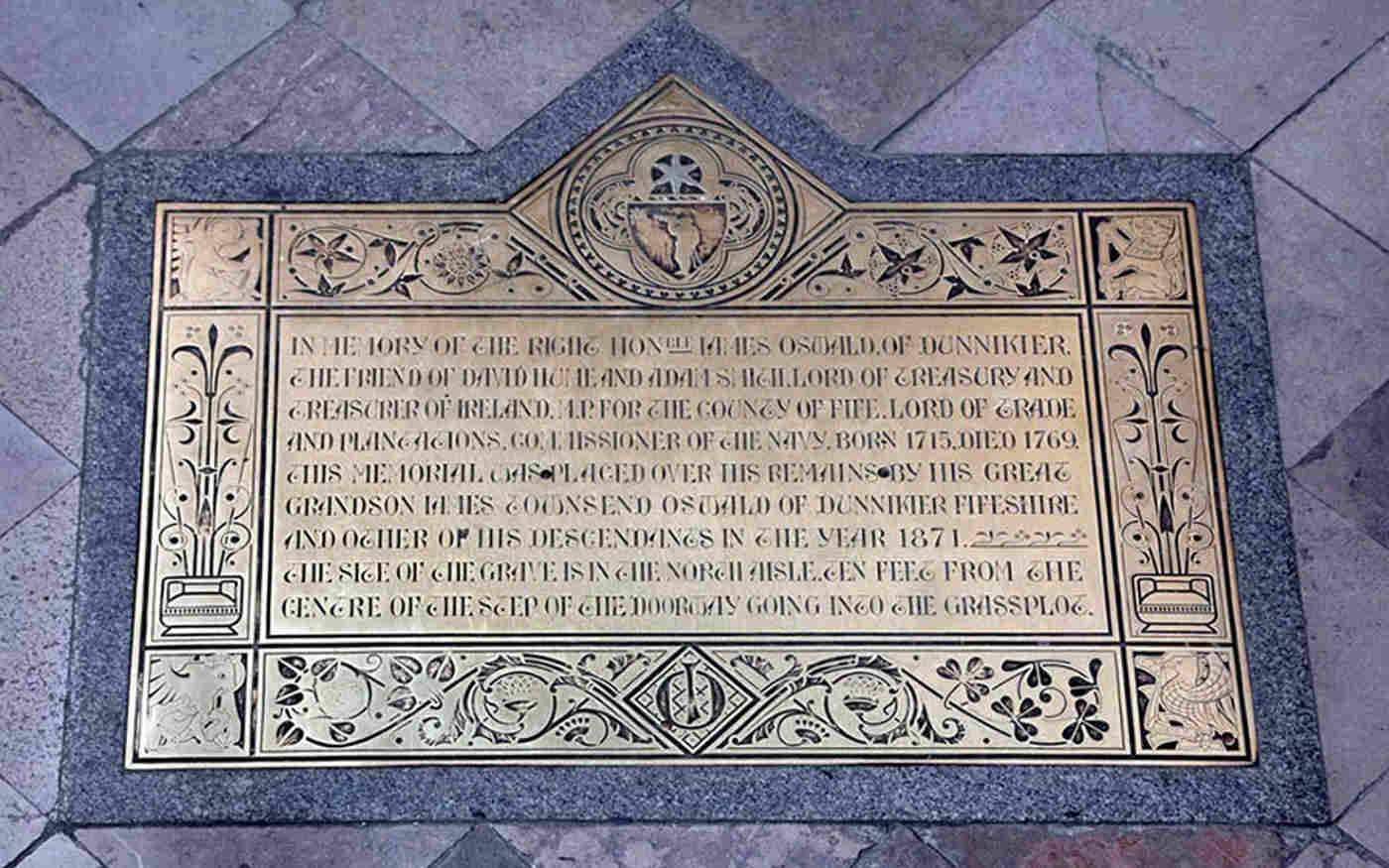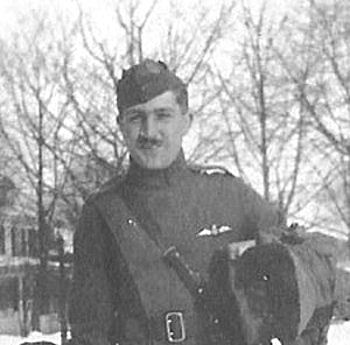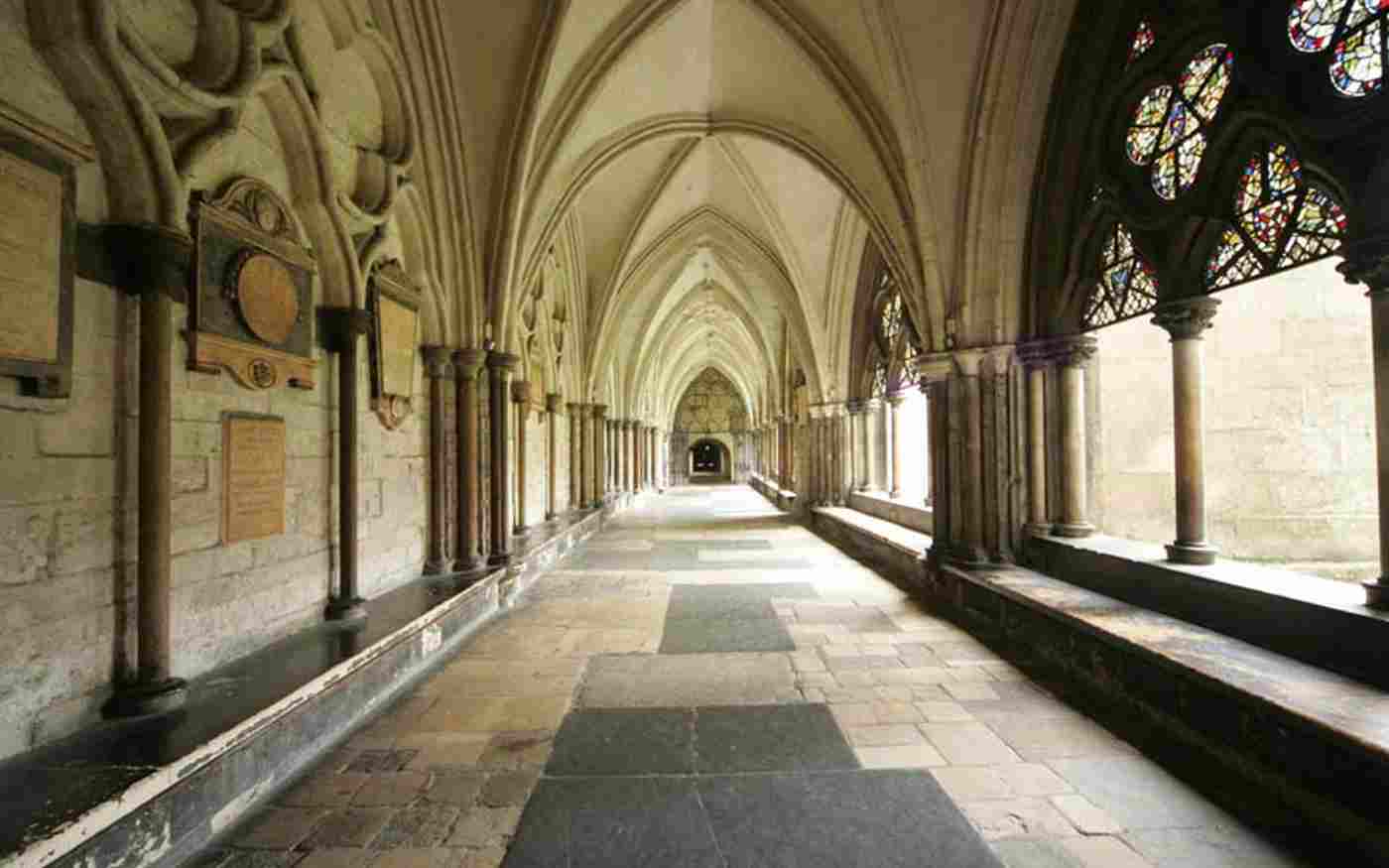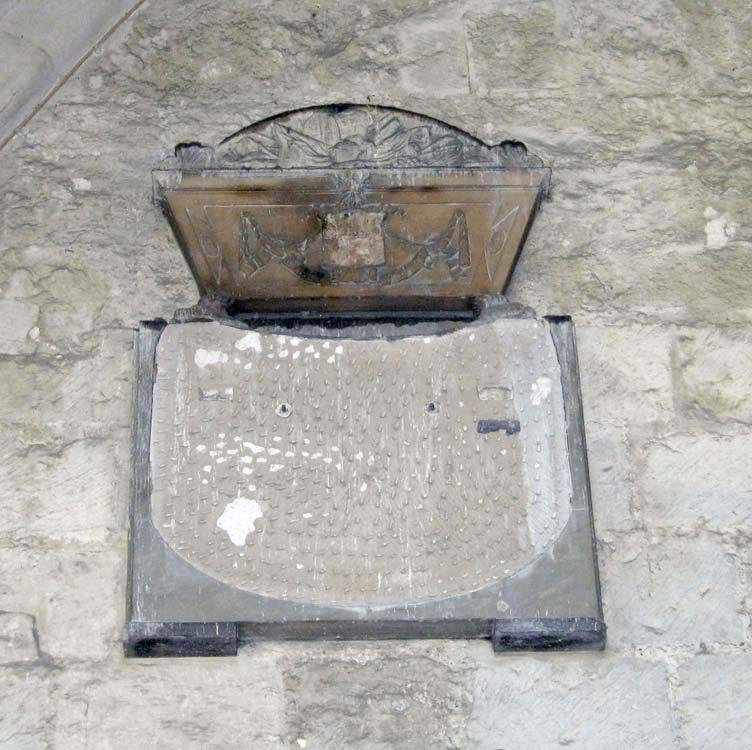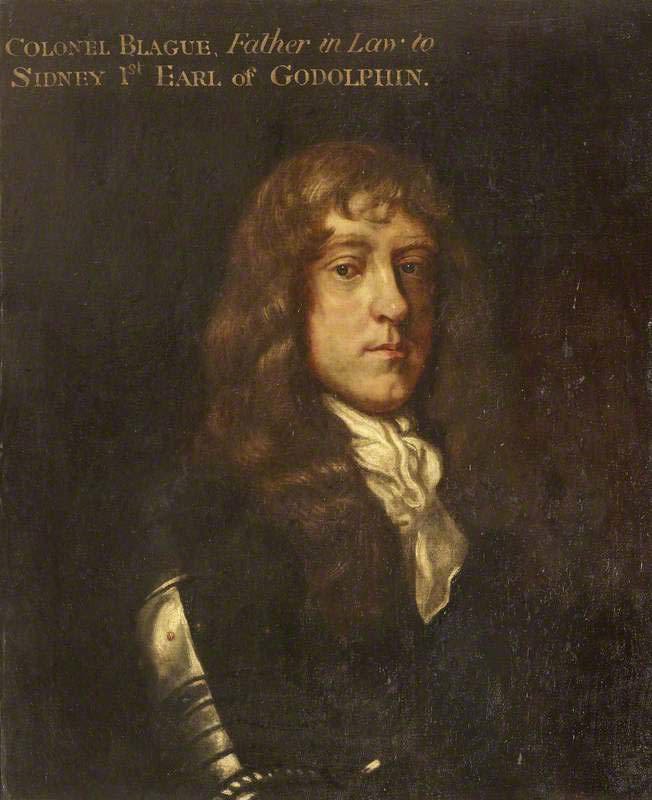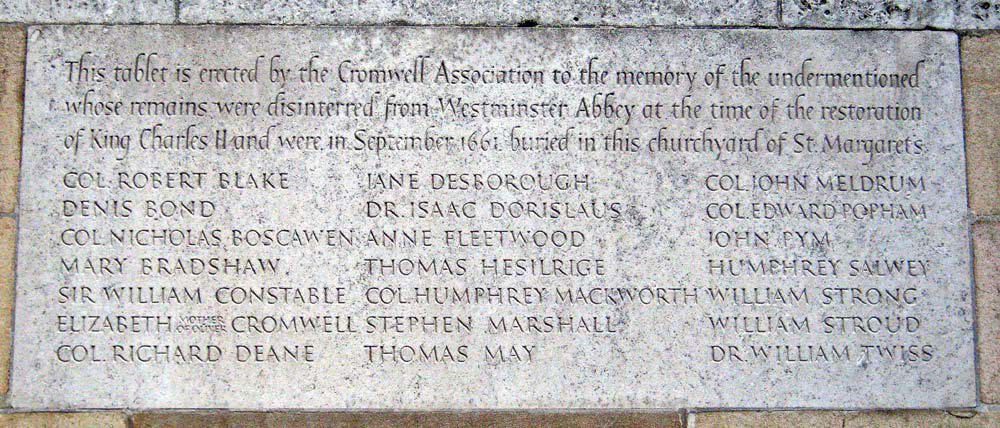William Blakeney
General William Blakeney, 1st Baron Blakeney, was buried in the nave of Westminster Abbey, but the gravestone wording is now very faint. He was born at Mount Blakeney in county Limerick, Ireland, in September 1671 or 1672, eldest son of William and Elizabeth (Bowerman). He served in the army and is reputed to have been the first to drill troops by signal of drums or colours. After service in the West Indies he went to Scotland and defeated a Jacobite assault on Stirling Castle, where he was Lt. Governor. In 1747 he became Lieutenant-Governor of Minorca. This island fell to the French in 1756 after a gallant defence led by William. He was created a Knight of the Bath and his brass stall plate still exists in the Lady Chapel of Westminster Abbey. It is now rather blackened with age but shows his coat of arms: sable, a chevron ermine between three leopards' faces, or (ie a black shield with an ermine patterned chevron between three golden leopard faces). The supporters are a soldier of the 27th Regiment of Foot in full uniform holding a sword, and a leopard with a red crown holding a bombshell with his body covered with images of exploding bomb shells. The crest above the shield shows a silver arm grasping a sword issuing out of clouds. The motto (translated from the Latin) is "My help is from above".
He was created Baron Blakeney of Mount Blakeney in the peerage of Ireland and died unmarried in 1761. His estates passed to his brother Robert. His other brothers were John and Charles.
The grave inscription reads:
THE RT. HON. WILLIAM LORD BLAKENEY. DIED 20 SEP 1761 AGED 91.
Further reading
Oxford Dictionary of National Biography
"Memoirs of the life and actions of General William Blakeney" 1756 - anonymous
A statue was erected to him in Dublin

This image can be purchased from Westminster Abbey Library
Image © 2025 Dean and Chapter of Westminster

This image can be purchased from Westminster Abbey Library
Image © 2025 Dean and Chapter of Westminster
